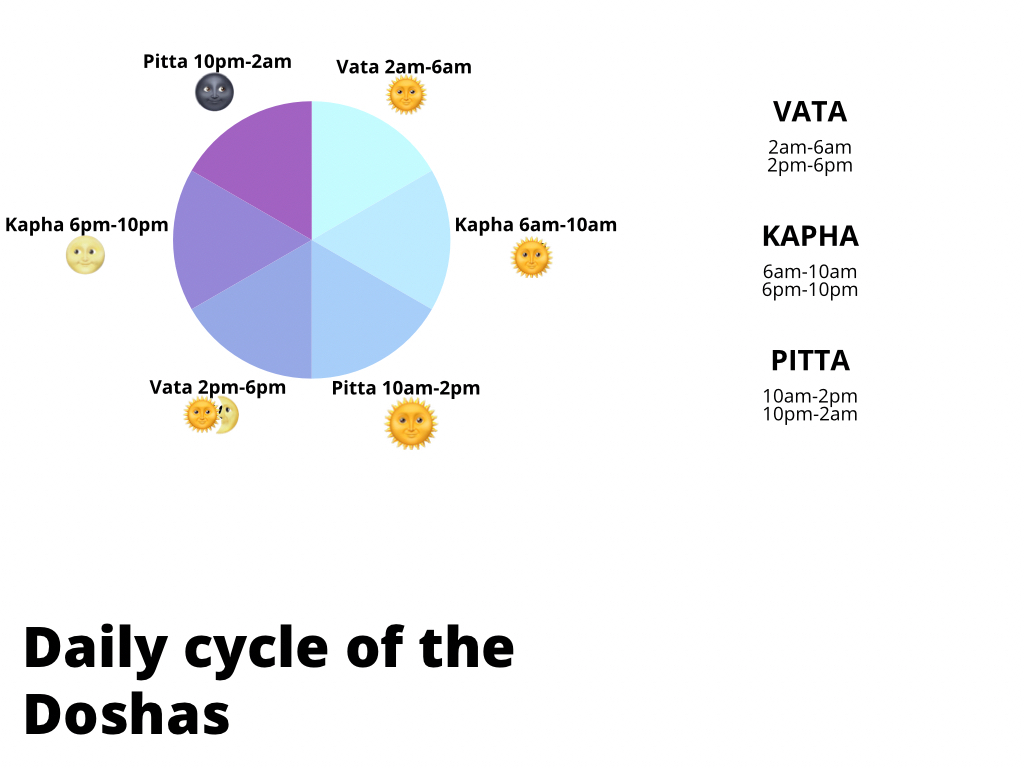Daily Routine (Dinacharya) in Ayurveda
If I were to ask you about your daily routine, what would you say?
It seems that many people would begin to describe their day-to-day routine involving physical tasks and commitments like showering, getting ready for work, packing the kid's lunches, etc.





